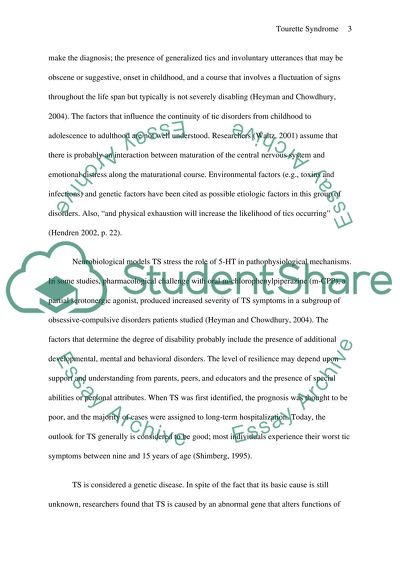Cite this document
(Causes and Symptoms of Tourette Syndrome Term Paper, n.d.)
Causes and Symptoms of Tourette Syndrome Term Paper. Retrieved from https://studentshare.org/medical-science/1541577-tourette-syndrome
Causes and Symptoms of Tourette Syndrome Term Paper. Retrieved from https://studentshare.org/medical-science/1541577-tourette-syndrome
(Causes and Symptoms of Tourette Syndrome Term Paper)
Causes and Symptoms of Tourette Syndrome Term Paper. https://studentshare.org/medical-science/1541577-tourette-syndrome.
Causes and Symptoms of Tourette Syndrome Term Paper. https://studentshare.org/medical-science/1541577-tourette-syndrome.
“Causes and Symptoms of Tourette Syndrome Term Paper”. https://studentshare.org/medical-science/1541577-tourette-syndrome.


